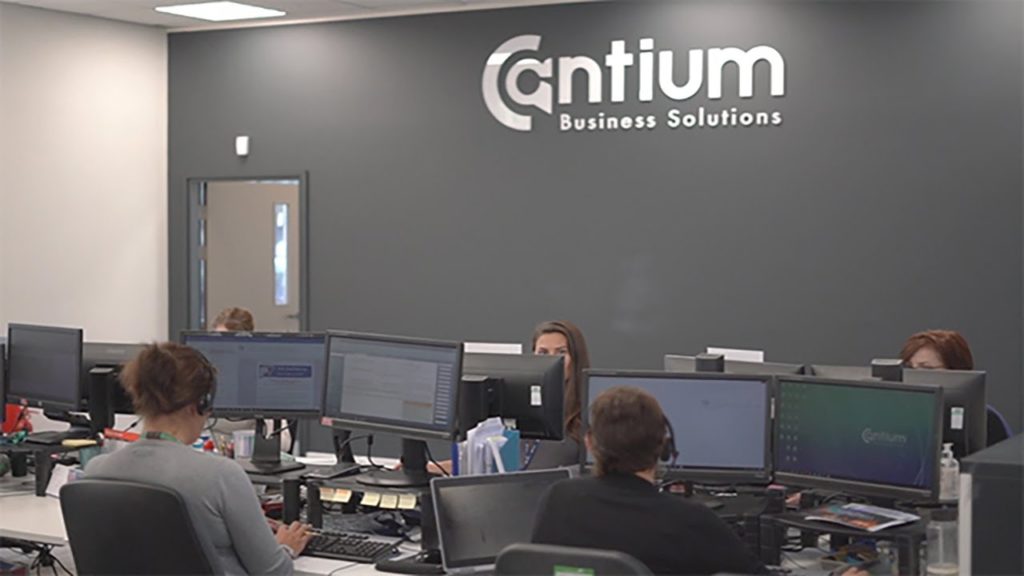Blazing a digital trail: what next for local councils?
Written by Lauren GillIt shouldn’t have taken a crisis of Covid-19 proportions to bring local government firmly into the 21st Century – but the pace of digital change we’ve witnessed during this period is something the sector can be truly proud of.
In a state of lockdown, councils up and down the country have simply had no choice but to knock down the barriers to change and embrace digital. Whether it be getting to grips with remote working technology so that council staff can continue to do their jobs; creating new workflows and citizen-facing forms to administer business grants, or sharing the important information people need to know about what is happening in their area – digital has helped local government to deliver.
But what comes next? Is there a risk that local government might revert to bureaucratic type?
Arguably, the opposite is true. This unimaginable event has forged a closer connection than ever before between councils and the residents they serve. As a consequence, citizens have a better understanding about what local authorities do and why it matters to them – and with that, their expectations are also on the rise.
In parallel, while there has been some new funding promised by the Government for councils, we know that difficult financial times lie ahead. When it comes to meeting those higher expectations with less resource, digital is the only logical answer. It enables councils to serve citizens in the way they have come to expect, whilst being as cost and operationally efficient as possible.
What will the legacy of this rapid digital acceleration be? It is safe to say there is no going back. Chief executives and other senior officers in councils who took part in a recent survey were unanimous in their support for continued change. That’s half the battle won – and so digital looks set to take centre stage in how local government operates moving forward.



